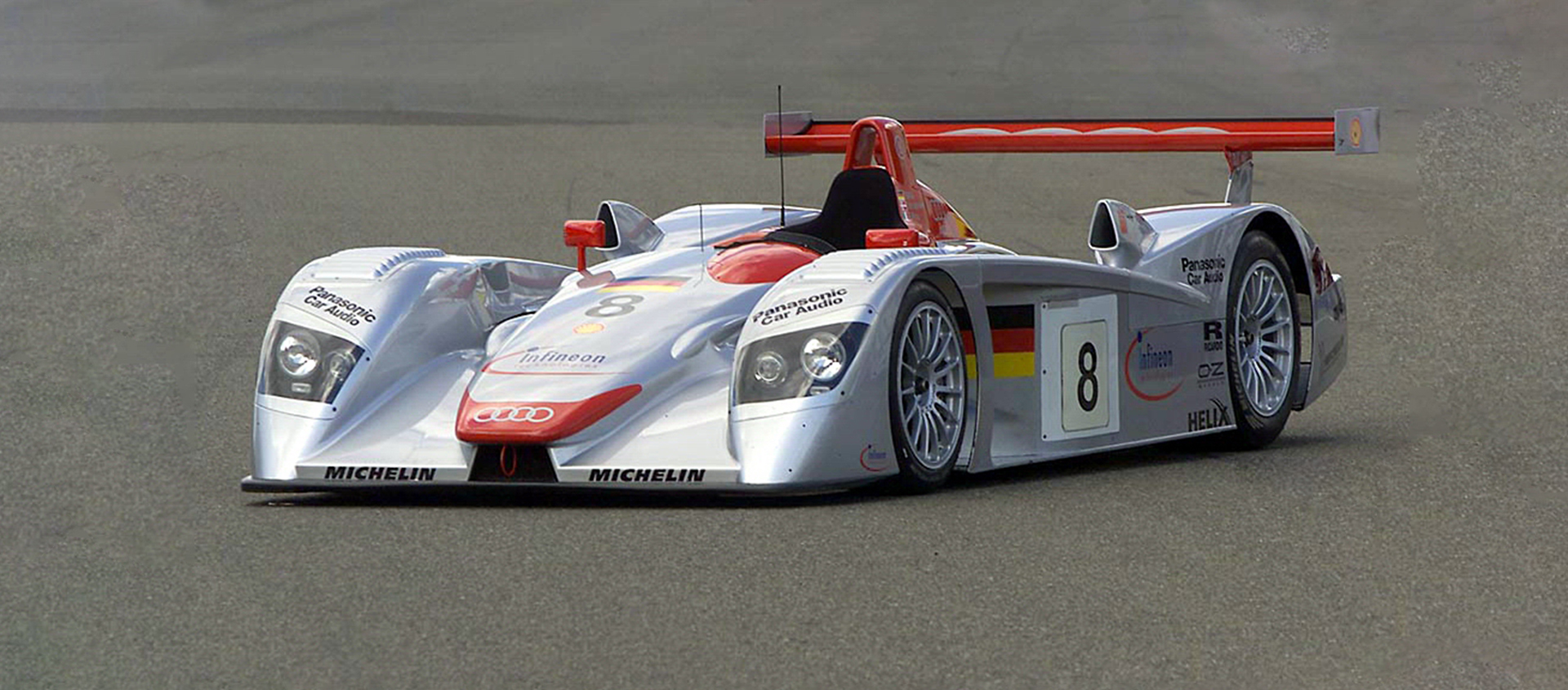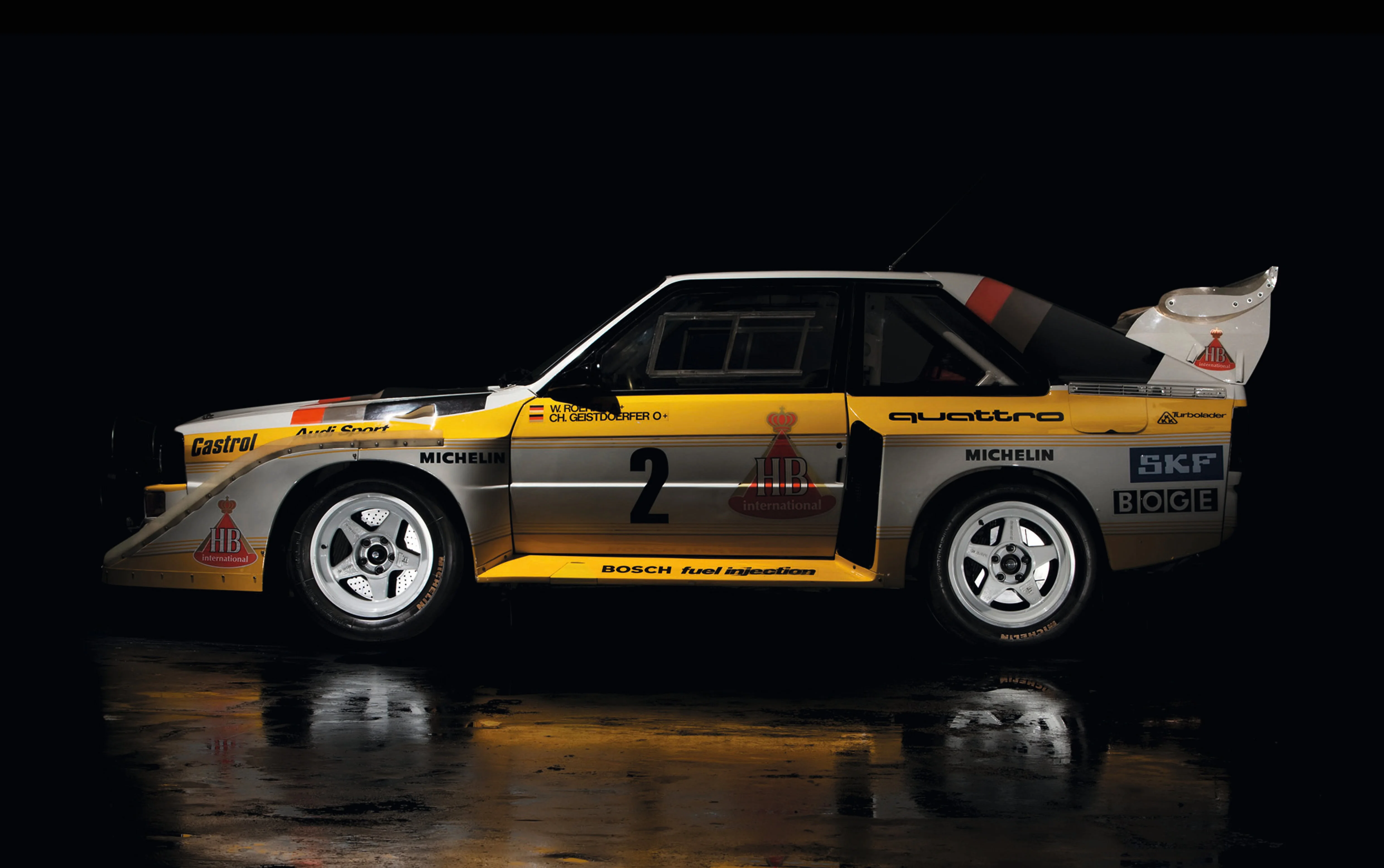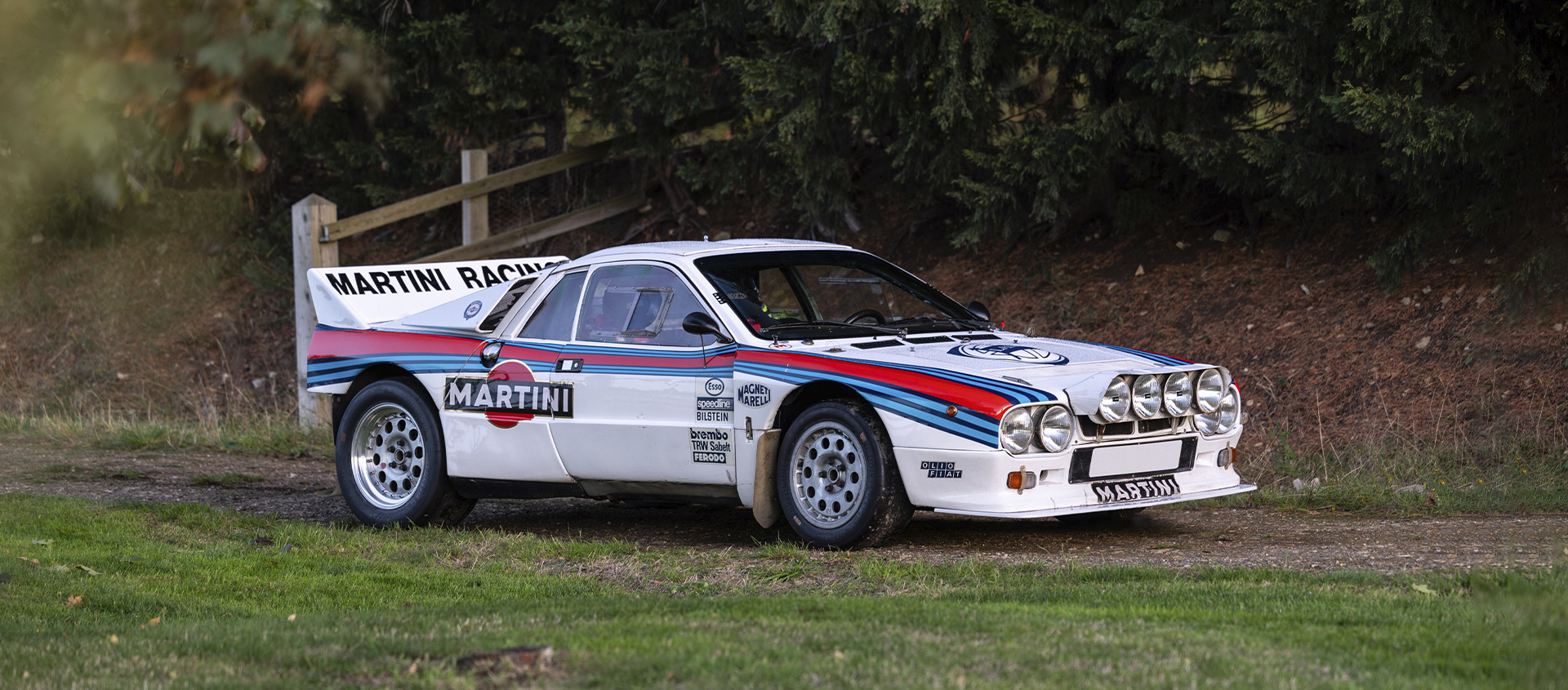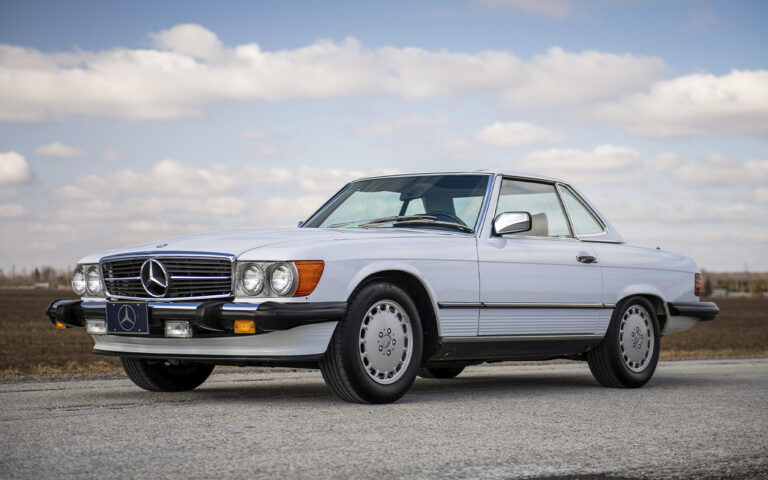Audi Sport: All in the past?
23 August 2020 1 min read 5 images

Anyone who thinks that competitions are useless, have the courage to raise your hands!
Register to unlock this article
Signing up is free and gives you access to hundreds of articles and additional benefits. See what’s included in your free membership. See what's included in your free membership.
Already have an account? Log In


